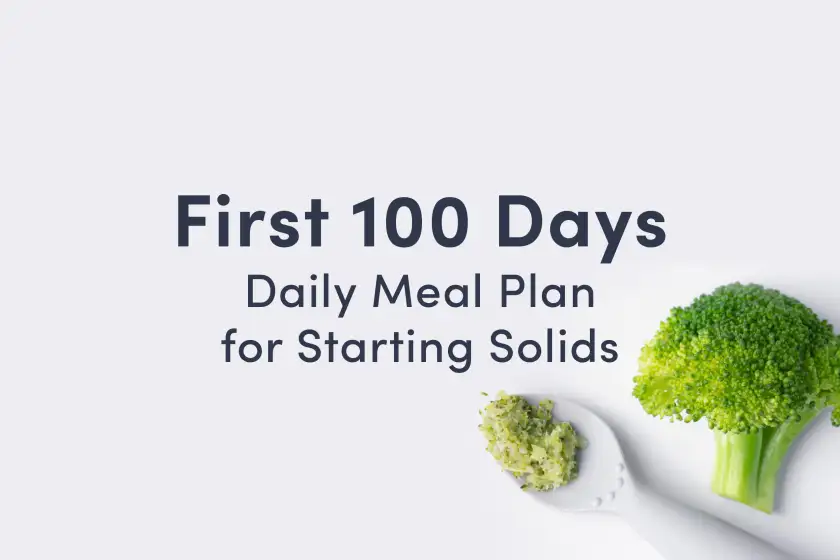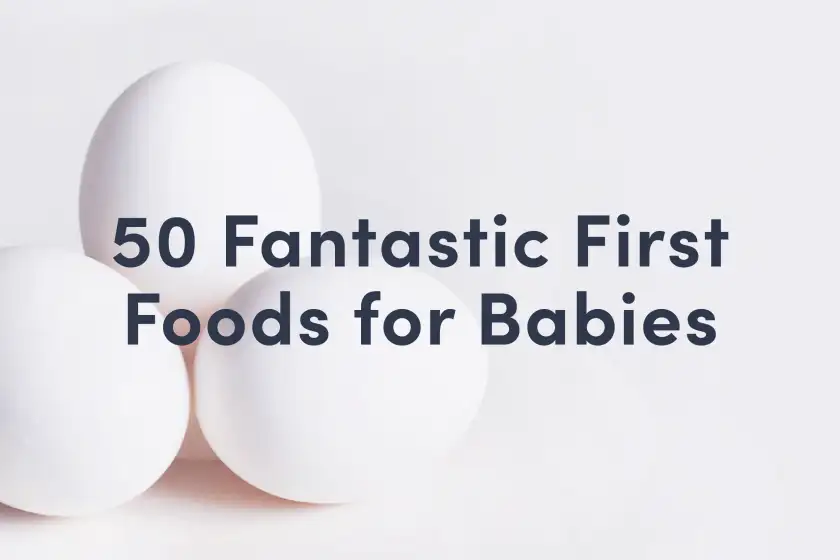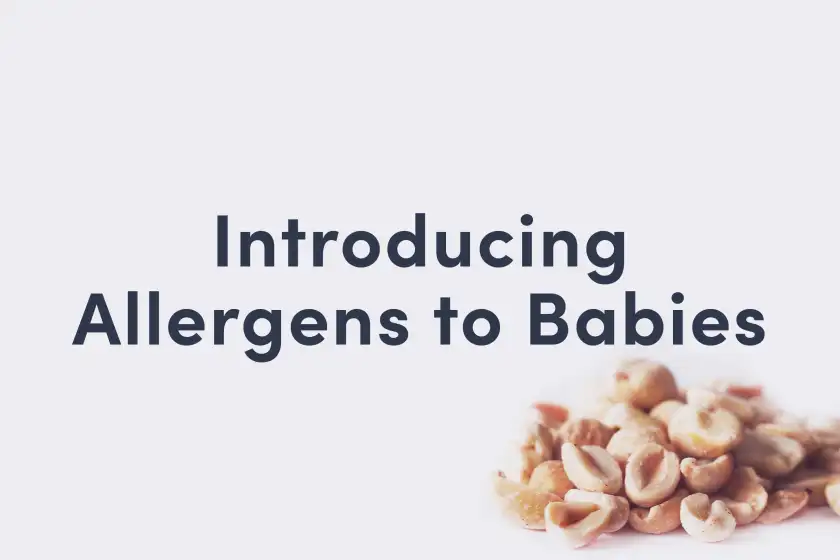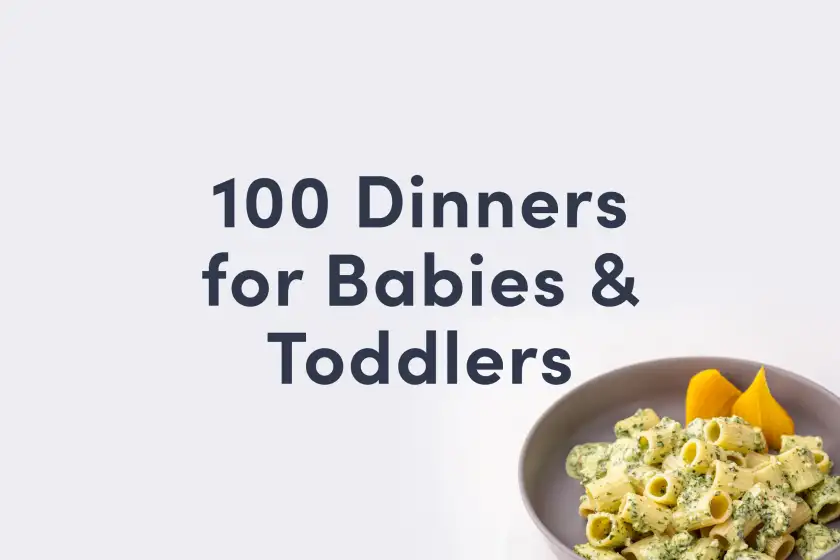Crawfish (Crayfish)
Shellfish
Age Suggestion
6 months
Iron-Rich
No
Common Allergen
Yes
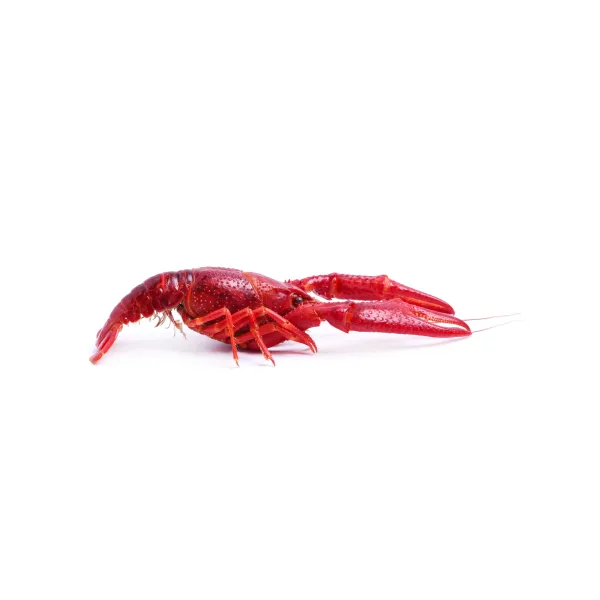
When can babies eat crawfish?
Crawfish can be introduced as soon as baby is ready to start solids, which is generally around 6 months of age. Take care when sourcing shellfish as mercury levels and regulation standards can vary widely, and as always, cook crawfish thoroughly as the crustaceans can contain harmful bacteria and cause food poisoning. Check out our suggestions on low mercury crawfish and how to safely prepare this nutritious seafood for babies.
Videos
Background and origins of crawfish
Crawdads, crayfish, mudbugs, koura, kräfta, yabbies, zarigani—no matter what you call them, the crustaceans are the same little critters found lurking under silt and stones in lakes, paddies, rivers, streams, and other bodies of fresh water all over the world. They resemble small lobsters—some with sandy brown shells, others the color of black ink, even some that are cobalt blue—but like their larger cousins, all turn blazing red when cooked. Crawfish are prized for their meaty tails, which are mildly sweet. They are also the star of the show at crawfish boils, a time-honored American and Scandinavian tradition that features large piles of the tiny crustaceans cooked with aromatics, spices, and vegetables and shared during a raucous communal meal. In the United States, crawfish boils and the crustacean’s popularity can be traced back to the Cajuns—the French Canadian people who migrated from Acadia to the bayous of Louisiana in the 18th century. The Cajuns called the tiny creatures by their French name—écrevisse—a word that gradually evolved in American English to become crawdad, crawfish, or crayfish depending on where one lives in the country.
Is crawfish healthy for babies?
Yes. Crawfish contain important nutrients to aid baby’s growth, including B-vitamins to power the brain and cellular health, vitamin E to boost the immune system and protect cells, copper to facilitate absorption of iron, selenium to fuel cell growth, and zinc to energize the body and help fight against germs. Crawfish are also full of protein and omega-3 fatty acids, plus the crustaceans contain dietary cholesterol to build healthy cells.
Due to pollution, all fish and shellfish contain varying levels of mercury, a toxic metal that can harm the central nervous and neurological systems, particularly in babies and young children. While crawfish generally are typically low in mercury and safe for babies, you may want to avoid crawfish from Northern California, which have been shown to have higher mercury levels as well as farmed crawfish from China, due to concerns over environmental contaminants and lack of regulatory oversight. When possible, purchase crawfish from the Gulf Coast of the United States, particularly Louisiana.
Recommended Guide: Fish for Babies
Is crawfish a common choking hazard for babies?
Yes. Crawfish and shellfish can be tough for babies to chew, especially when their jaw lacks strength and endurance. To minimize the risk, shred or finely chop crawfish meat and serve on its own or incorporate into casseroles and other soft dishes. As always, be sure to create a safe eating environment, stay near baby at mealtime, and check out our age-appropriate serving suggestions.
For more information, visit our section on gagging and choking and familiarize yourself with common choking hazards.
Is crawfish a common allergen?
Yes. Crawfish are a type of shellfish, which are among the most common food allergens. Babies with an allergy to one shellfish are more likely to experience reactions to other shellfish in the crustacean (crawfish, crab, lobster, shrimp) and, to a lesser degree, mollusk (clam, mussel, octopus, oyster, scallop, snail, squid) families. If you have a family history of seafood allergies, or suspect baby may be allergic to shellfish, consult an allergist before introducing crawfish.
Interestingly, shellfish allergy commonly develops in adulthood, but for those who develop it in childhood, most will not outgrow it. As you would do with all new allergens, introduce crawfish by serving a small quantity at first, and watch closely. If there is no adverse reaction during the first couple of servings, gradually increase the quantity over future meals.
Note: Being allergic to shellfish doesn’t automatically mean that baby will also have a finned fish allergy, as they are not closely related. However, you may need to be careful about the risk of shellfish proteins contaminating finned fish prepared outside of the home, as they are often prepared in the same kitchens.
Recommended Guide: Introducing Allergens
How do you prepare crawfish for babies with baby-led weaning?
Every baby develops on their own timeline, and the suggestions on how to cut or prepare particular foods are generalizations for a broad audience.
6 to 12 months old:
Serve finely chopped or shredded cooked crawfish meat on its own at first, then try mixing with butter, serving as a patty, or stirring into foods that are easy for baby to scoop with hands, such as mashed root vegetables. Hold off on letting baby dig in at a crawfish boil for now as the stewing liquid can be extremely high in sodium.
12 to 18 months old:
This is a great age for crawfish balls, burgers, and patties—shapes that are easy and fun for babies to eat independently. This is also a good time to increase seasonings and spices, for a Cajun-inspired dish, mix cooked crawfish with cayenne, garlic powder, oregano, and/or paprika.
18 to 24 months old:
Continue to shape finely chopped crawfish into balls, burgers, and patties or mix into other foods like grains, pastas, or vegetable dishes. Once toddlers understand how to follow instructions, invite them to join you in cracking open the shells of cooked crawfish and show how to suck the meat and juices.
Introducing common allergens to babies can be scary. We have a First 100 Days plan that walks you through exactly when to introduce each one with the right amount of time between them.
Written and reviewed by these specialists
J. Truppi, MSN, CNS
V. Kalami, MNSP, RD
K. Grenawitzke, OTD, OTR/L, SCFES, IBCLC, CNT
S. Bajowala, MD, FAAAAI. Board-Certified Allergist & Immunologist (allergy section)
R. Ruiz, MD, FAAP. Board-Certified General Pediatrician & Pediatric Gastroenterologist
Expert Tips Delivered to Your Inbox
Sign up for weekly tips, recipes and more!
The content offered on SolidStarts.com is for informational purposes only. Solidstarts is not engaged in rendering professional advice, whether medical or otherwise, to individual users or their children or families. No content on this site, regardless of date, should ever be used as a substitute for direct medical advice from your doctor or your medical or health professional, nutritionist, or expert in pediatric feeding and eating. By accessing the content on SolidStarts.com, you acknowledge and agree that you are accepting the responsibility for your child’s health and well-being. In return for providing you with an array of content “baby-led weaning” information, you waive any claims that you or your child may have as a result of utilizing the content on SolidStarts.com.



